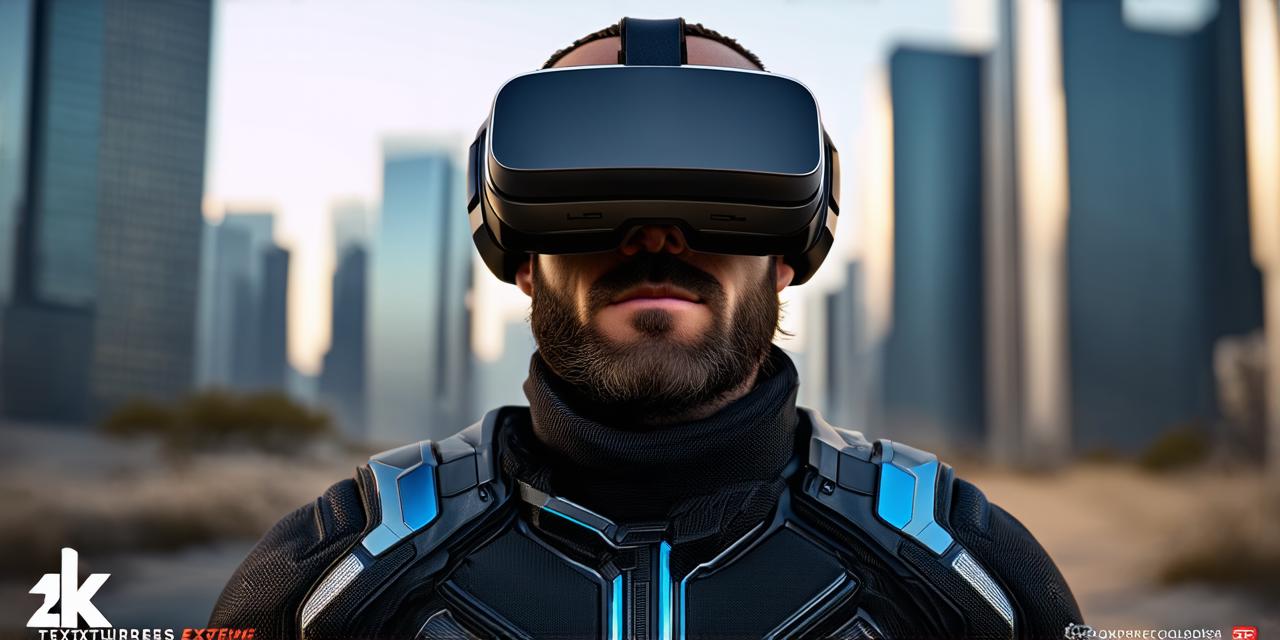<!DOCTYPE html>
Unreal Engine 5 Overview:
Unreal Engine 5 (UE5) is the latest version of Epic Games’ popular game engine used for creating immersive experiences in gaming, healthcare, education, and entertainment. UE5 includes several new features that make it easier and faster to create VR applications. These features include improved performance, enhanced graphics capabilities, and support for more advanced hardware.
Development Process:
The development process for VR applications can be complex, but Unreal Engine 5 simplifies it. The following are the steps involved in developing a VR application using UE5:
- Planning and Conceptualization: The first step is to plan and conceptualize your VR application. This involves determining the target audience, goals, and requirements of the application. You will also need to create a 3D model of the environment and characters that will appear in the application.
- Setting up Development Environment: Once you have planned and conceptualized your application, the next step is to set up the development environment. This involves installing Unreal Engine 5 and setting up your workspace. You will also need to create a project and configure it for VR development.
- Creating Assets: The third step is to create assets such as textures, models, and animations. UE5 includes several tools that make it easy to create these assets, including the World Composition system, which allows you to easily compose complex scenes. You can also use plugins like Twinmold to speed up the asset creation process.
- Programming: Once you have created your assets, the next step is to program your VR application. UE5 includes a powerful scripting language called Blueprints, which makes it easy for non-programmers to create complex applications. You can also use C++ for more advanced programming tasks. UE5 also supports cross-platform development, making it easier to deploy your application on different devices and platforms.
- Testing and Debugging: The final step is to test and debug your VR application. UE5 includes several tools that make it easy to test and debug your application, including the built-in profiler and debugger. You can also use plugins like Epic’s VR Profiler to optimize your application’s performance.
Case Studies:
Unreal Engine 5 has been used to create several successful VR applications in various industries. Here are a few examples:
- “Beat Saber” – A music game that uses VR to create an immersive musical experience. The game was developed using Unreal Engine 4 and has since been updated to use UE5. The game’s developers, Beat Games, used UE5’s improved performance and graphics capabilities to enhance the game’s immersion and overall experience.
- “Job Simulator” – An educational game that teaches users how to perform various jobs in a VR environment. The game was developed using Unreal Engine 4 and has since been updated to use UE5. The game’s developers, Oculus VR, used UE5’s support for more advanced hardware to create a more realistic and immersive experience.
- “The Lab” – A collection of virtual reality experiments developed by Valve Corporation. The experiments were developed using Unreal Engine and have since been updated to use UE5. The experiments’ developers used UE5’s enhanced graphics capabilities to create more detailed and lifelike environments.
Expert Opinions:
According to John Carmack, the co-founder and lead developer at id Software, “Unreal Engine 5 is a significant step forward in terms of performance and graphics capabilities. It makes it easier for developers to create VR applications that are both immersive and engaging.” He also mentioned that UE5’s support for more advanced hardware allows developers to create more realistic and detailed environments, which can enhance the overall user experience.
FAQs:
1. What is Unreal Engine 5?
Unreal Engine 5 (UE5) is the latest version of Epic Games’ popular game engine used for creating immersive experiences in gaming, healthcare, education, and entertainment.
2. How do I develop a VR application using Unreal Engine 5?
The development process involves planning, setting up the environment, creating assets, programming, testing, and debugging. You can also use plugins like Twinmold to speed up the asset creation process and Epic’s VR Profiler to optimize your application’s performance.
3. What are some successful VR applications developed using Unreal Engine 5?
Some successful VR applications developed using UE5 include “Beat Saber”, “Job Simulator”, and “The Lab”. These applications use UE5’s improved performance and graphics capabilities, support for more advanced hardware, and cross-platform development to create immersive and engaging experiences.
